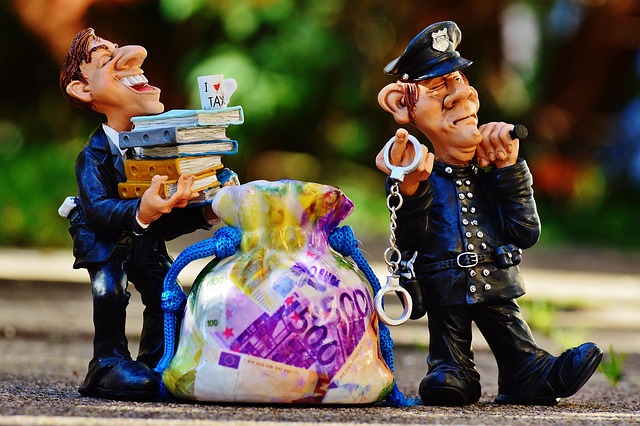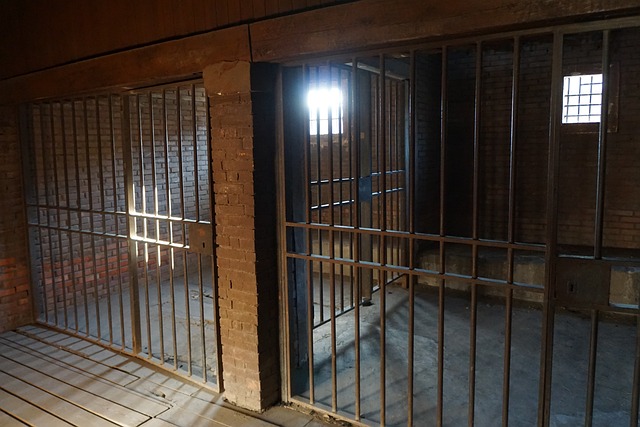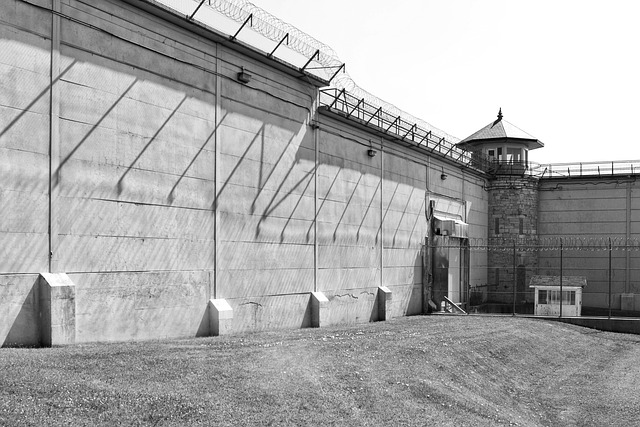Homeownership offers financial advantages through wealth accumulation, disciplined spending, and potential property value growth. Embracing Alternative Transportation Options reduces costs, enhances neighborhood development, and aligns with market trends, boosting home investment. Increasingly popular eco-friendly options like EVs and shared transportation alleviate financial burdens and promote sustainable living practices that preserve and increase asset value.
Home ownership, beyond being a dream, is a powerful asset protector. Understanding its financial benefits, like building equity and tax advantages, is crucial for long-term wealth. This article explores strategies to safeguard your investment, from maintenance tips to market trends. We delve into the rise of alternative transportation options as a sustainable, cost-saving solution that contributes to home preservation. Discover how eco-friendly living enhances asset value while navigating today’s evolving real estate landscape.
- Understanding Home Ownership's Financial Benefits
- Protecting Your Investment: Essential Strategies
- Alternative Transportation: A Growing Trend
- Sustainable Living: Long-Term Asset Preservation
Understanding Home Ownership's Financial Benefits

Home ownership offers a plethora of financial advantages that extend beyond mere shelter. One significant benefit is the potential for long-term wealth accumulation. Unlike renting, where your payments go towards someone else’s equity, mortgage payments contribute to your own asset portfolio. Over time, property values tend to appreciate, meaning homeowners can profit from this growth when they decide to sell. This process not only provides financial security but also acts as a hedge against inflation, allowing individuals and families to build a substantial net worth.
Furthermore, homeownership encourages financial discipline and responsible spending. The commitment to monthly mortgage payments motivates owners to manage their finances effectively. Additionally, with the option of Alternative Transportation Options readily available, such as walking, biking, or utilizing public transit, homeowners can reduce transportation costs associated with car ownership, further enhancing their financial stability.
Protecting Your Investment: Essential Strategies

Protecting your home investment goes beyond simple maintenance and upkeep. In today’s dynamic market, savvy homeowners are exploring diverse strategies to safeguard their asset, especially with the rise of alternative transportation options reshaping urban landscapes. One effective approach is to foster a strong community around your property. A vibrant neighborhood enhances curb appeal and can deter potential pests or vandals, thereby preserving the home’s value.
Additionally, staying informed about local development plans is vital. Keeping track of infrastructure upgrades, new amenities, and transportation initiatives ensures you make informed decisions. For instance, embracing eco-friendly practices by adopting solar panels or energy-efficient systems not only reduces utility costs but also aligns with evolving market trends, enhancing your home’s long-term appeal, especially for environmentally conscious buyers.
Alternative Transportation: A Growing Trend

In recent years, a growing trend towards Alternative Transportation Options has taken root among modern consumers. This shift is largely driven by environmental concerns, cost savings, and the desire for convenience. Electric vehicles (EVs) have emerged as a popular choice, offering eco-friendly benefits and competitive fuel efficiency compared to traditional gasoline-powered cars. Beyond EVs, options like carpooling, bike sharing, and public transportation are gaining traction, particularly in urban areas with well-developed infrastructure.
This paradigm shift is reshaping the way people navigate their daily commutes, reducing reliance on personal vehicles and minimizing the financial burden associated with ownership. As cities continue to promote Alternative Transportation Options, it’s clear that homeownership remains a valuable asset—not just for housing but also as an investment in a more sustainable and efficient future.
Sustainable Living: Long-Term Asset Preservation

Adopting sustainable living practices is not just an eco-conscious choice; it’s a strategic move for long-term asset preservation, especially when it comes to home ownership. As property values are influenced by various factors, including environmental considerations, integrating green features and technologies can enhance a home’s appeal and resilience in the market. For instance, installing energy-efficient appliances and systems reduces utility costs over time, proving beneficial for both homeowners and potential buyers who increasingly value environmentally friendly homes.
Additionally, encouraging the use of alternative transportation options, such as biking or public transit, within the community can significantly reduce traffic congestion and air pollution, contributing to a cleaner, more desirable neighborhood. This shift towards sustainability not only conserves natural resources but also ensures that homes in these areas maintain their value, offering a peaceful and healthy environment for residents without compromising long-term financial prospects.
Home ownership not only offers significant financial benefits but also serves as a crucial asset protector. By implementing essential strategies like responsible financing, maintenance, and insurance, homeowners can safeguard their investment. Furthermore, embracing sustainable living practices and exploring alternative transportation options, such as electric vehicles or public transit, contributes to long-term asset preservation by reducing maintenance costs and environmental impact. These comprehensive approaches ensure that your home remains a valuable and resilient asset for years to come.






